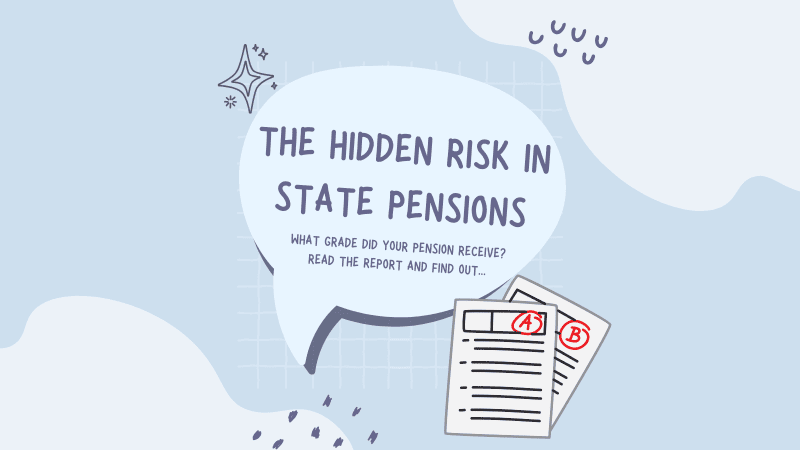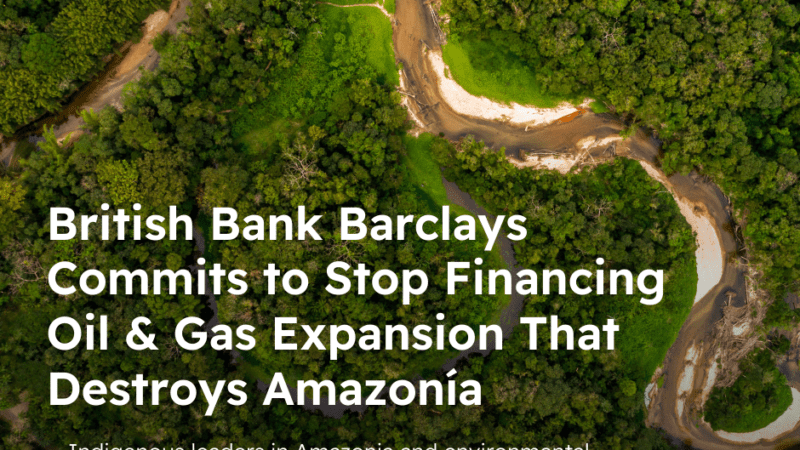Canada’s Green Buildings Strategy will help lower household bills and emissions, but ignores high-emitting “natural” gas
July 16, 2024
TORONTO (Traditional Territory of the Mississaugas of the Credit, the Anishnabeg, the Chippewa, the Haudenosaunee and the Wendat Peoples) — The federal government today released its long-awaited Green Buildings Strategy, a much-needed plan to address increasing building emissions and rising household bills in Canada in the midst of dual climate and housing crises.
The government is moving in the right direction by attempting to decrease building emissions, lower household bills, and improve safety in homes. In particular, the government has made an important commitment to phase out oil heating in new buildings. However, the plan falls short by overlooking “natural” gas, a highly polluting fossil fuel that is the most commonly used energy source for heating homes in Canada.
“While we applaud the government for addressing the urgent need to build homes in a climate-friendly manner, much more needs to be done to rein in this highly polluting sector if we are to meet our national climate targets,” Stand.earth Climate Campaigner Lana Goldberg said. “This strategy release was an opportunity to ensure that new homes would be built with clean and modern heating technologies, making them less polluting and more affordable to heat and cool. By neglecting to develop a policy to address ‘natural’ gas in new buildings, the plan ignores the elephant in the room.”
Buildings are the third largest source of greenhouse gas emissions in Canada, accounting for 13 percent of the country’s total pollution. Building emissions have been growing in recent years — a trend that threatens the country’s ability to meet its goal of reducing emissions by 40% to 45% by 2030 (relative to 2005 levels). The government’s 2030 Emissions Reduction Plan proposed cutting buildings sector emissions to 53 Megatonnes (Mt) by 2030 (from 85 Mt in 2005 — a 37% reduction). As of the latest figures available in 2021, direct building emissions were at 87 Mt.
“We are very far from reaching our building emission reduction targets and have even seen building emissions rise in recent years,” Goldberg said. “If we build millions of new homes with gas furnaces, we will needlessly increase emissions, and new homeowners and renters will miss out on having lower monthly energy bills. The solution is simple: Build homes green from the start.”
Electric heat pumps are 300 percent more efficient than gas furnaces and therefore lead to lower energy use and lower energy bills. Electricity rates are also more stable than fluctuating natural gas prices.
Heat pumps have come a long way and can now heat homes in the coldest of temperatures while also acting as cooling systems in the summer. They can also provide air filtration which has become an important need to address wildfire smoke across Canada.
“Heat pumps are high-tech, low-cost, and already being used around the world; we just need to adopt the technology here,” Goldberg said. “This requires federal leadership to transition Canada to climate-friendly, healthy, and affordable homes. That absolutely has to include legislation requiring all new buildings to use non-emitting heating.”
Building zero-carbon homes costs about the same as conventional buildings with prices set to decline as green building practices expands. Fossil-free homes can also be built faster since they don’t require new gas pipelines or hookups.
“Equipping all new homes and buildings with clean and affordable electric heat pumps is one of the easiest and lowest-cost ways to meet our national climate commitments and invest in a safe future, while ensuring that our homes are healthy and affordable to maintain,” Goldberg concluded.
###
Media contacts:
Cari Barcas, Communications Director, cari.barcas@stand.earth
Lana Goldberg, Climate Campaigner, lana.goldberg@stand.earth



